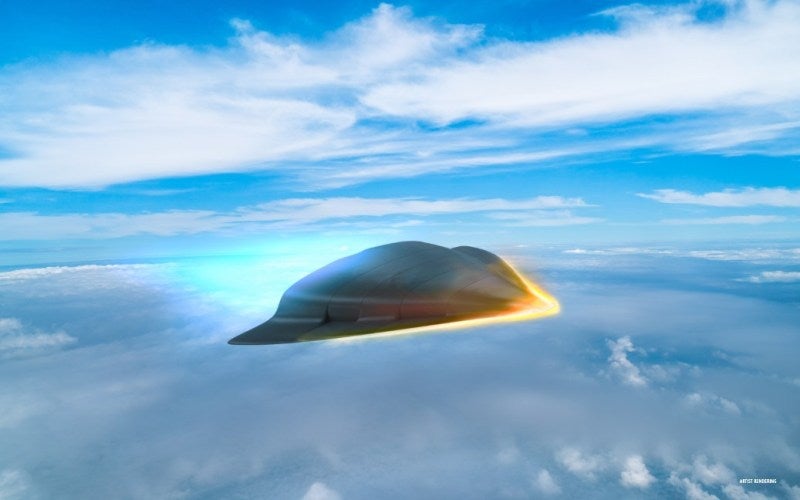
Raytheon Company has received a contract from the US Defense Advanced Research Projects Agency (DARPA) to further develop the tactical boost-glide (TBG) hypersonic weapons programme.
According to Raytheon, the $63.3m contract work is part of a joint effort of DARPA and the US Air Force (USAF) to develop and demonstrate technologies to enable future air-launched, tactical-range hypersonic boost-glide systems.
The contract includes a critical design review of the hypersonic weapons system, a significant step in fielding the technology.
In a hypersonic boost-glide system, the weapon uses a rocket to achieve hypersonic speeds at velocities greater than Mach 5.
After the rocket accelerates to high speeds, the payload gets separated and glides ‘unpowered’ to its destination, DARPA stated in its website.
Raytheon Advanced Missile Systems vice-president Dr Thomas Bussing said: “This latest contract adds to Raytheon’s growing number of hypersonic weapons programmes.

US Tariffs are shifting - will you react or anticipate?
Don’t let policy changes catch you off guard. Stay proactive with real-time data and expert analysis.
By GlobalData“Raytheon is working closely with our customers to quickly field these advanced weapon systems and provide our nation’s military with the tools they need to stay ahead of the escalating threat.”
The weapon system will allow the US military to engage from longer ranges with shorter response times.
In October 2016, Raytheon Missile Systems won a $174.7m contract from DARPA to develop the Hypersonic Air-Breathing Weapon Concept.
The company also secured a contract in April 2015 to develop a TBG missile hypersonic technology.
While the air-breathing scramjet relies on high speed for its power, the boost-glide model uses a re-entry vehicle to reach high altitudes.



